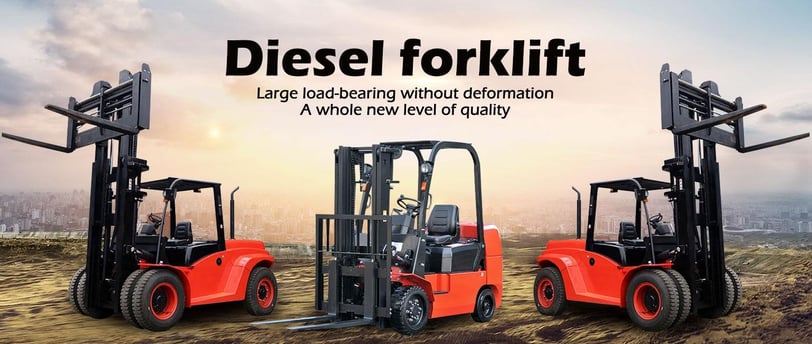Welcome to Forilifti
5 Essential Safety Features Every Forklift Truck Should Have


As a business owner in the material handling industry, ensuring the safety of your employees and equipment is paramount. Forklift trucks are invaluable assets in warehouses and distribution centers, but they also pose significant risks if not equipped with essential safety features. In this guide, we will explore the five crucial safety features that every forklift truck should have to prevent accidents, promote workplace safety, and comply with industry regulations.
1. Rollover Protection System (ROPS):
One of the most critical safety features for forklift trucks is a Rollover Protection System (ROPS). ROPS consists of a reinforced frame structure that provides protection to the operator in the event of a tip-over or rollover accident. This system helps to prevent serious injuries and fatalities by creating a protective zone around the operator's seat, minimizing the risk of crushing or impact injuries during an accident.
2. Overhead Guard:
An overhead guard is another essential safety feature that every forklift truck should have. This protective structure is designed to shield the operator from falling objects, debris, or materials that may dislodge from shelves or racks during loading and unloading operations. An overhead guard not only protects the operator but also ensures the safe operation of the forklift by preventing damage to critical components in case of overhead hazards.
3. Seat Belt:
A simple yet effective safety feature that is often overlooked is the seat belt. A properly fastened seat belt can significantly reduce the risk of operator ejection during sudden stops, sharp turns, or accidents. Seat belts help to secure the operator in place, preventing them from being thrown from the forklift's seat and minimizing the risk of serious injuries. It is crucial for forklift operators to wear their seat belts at all times while operating the equipment.
4. Backup Alarm:
A backup alarm is a vital safety feature that alerts pedestrians and other workers in the vicinity when the forklift is in reverse gear. This audible warning system helps to prevent accidents by notifying others of the forklift's movement, especially in noisy or busy work environments where visibility may be limited. A loud and distinct backup alarm can significantly improve safety by reducing the risk of collisions and ensuring that everyone is aware of the forklift's presence.
5. Safety Lights:
Safety lights, such as strobe lights or LED warning lights, are essential features that enhance the visibility of the forklift in dark or low-light conditions. These lights make the forklift more visible to pedestrians, other vehicles, and workers in the vicinity, reducing the risk of accidents caused by poor visibility. Safety lights should be bright, noticeable, and strategically placed on the forklift to ensure maximum visibility and safety in all operating conditions.
In conclusion, investing in forklift trucks equipped with these five essential safety features is crucial for promoting a safe work environment, preventing accidents, and protecting your most valuable assets – your employees. By prioritizing safety and compliance with industry standards, you can ensure the efficient and secure operation of your forklift fleet, ultimately boosting productivity and reducing the risk of costly accidents and injuries. Remember, safety always comes first in the material handling industry.
